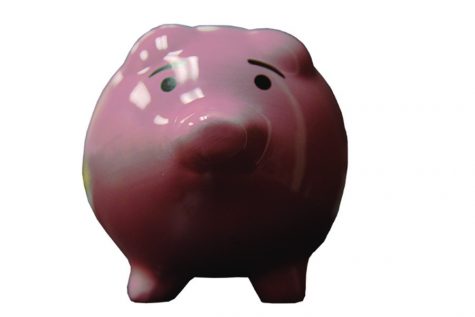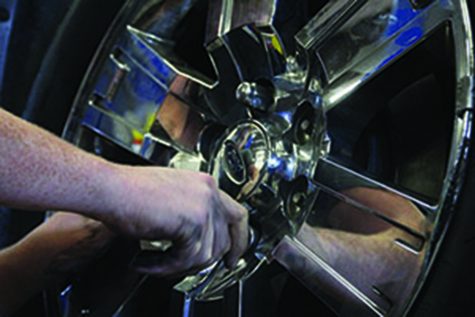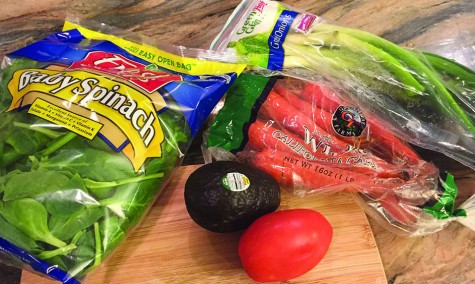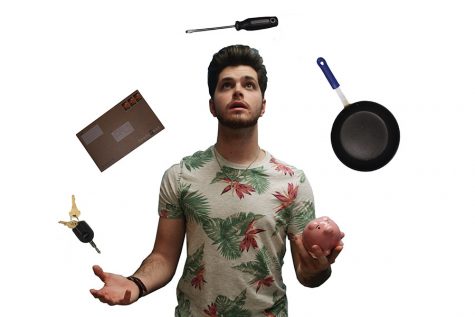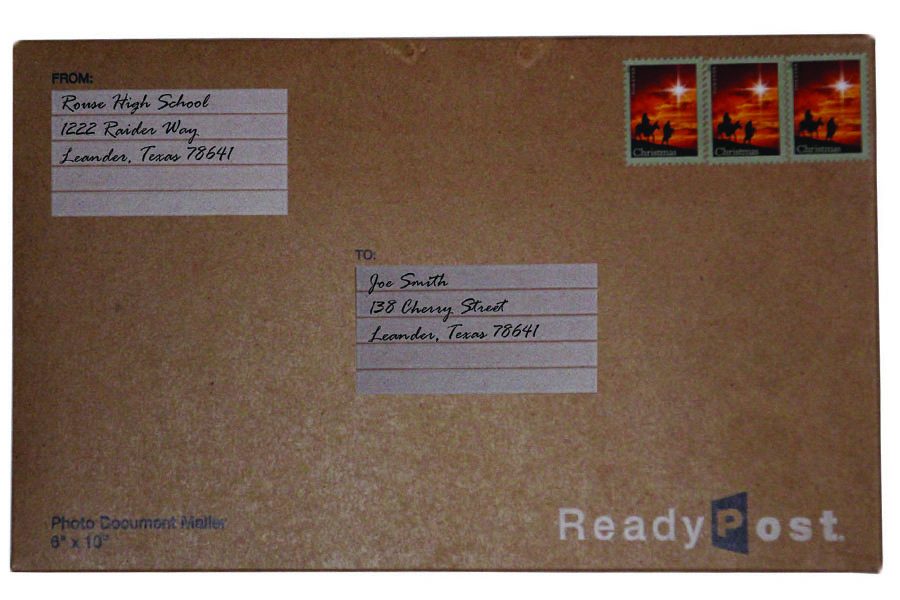How to write letters, emails and thank you notes
This is part of our series on how to be an adult
Letters
- Your address should be displayed in the top right corner.
- The address of the person you are writing should be displayed on the left, lower than your address.
- The date should be displayed below both of these items, but on the right side.
- Your greeting begins on the next line and should be a “Dear Mr./Mrs.” If you are writing to a formal person
- At the end of the letter, sign off with “Thank you,” “Sincerely,” or “Respectfully,” a space for you to sign your name and a typed version of your name.
- Begin with a greeting. Depending on the recipient, it could be formal (Dear Mr. Smith, To Whom It May Concern) or informal (Hello, greetings, or good afternoon).
- Identify yourself and the reason for the e-mail. Make sure your tone is positive and it shows some respect. Don’t assume the person receiving your e-mail knows the situation.
- Be professional. Use proper spelling and grammar, no slang, no emojis.
- Sign off. The final paragraph should include how you can be contacted and a thank you for reading the e-mail. Below that include “Thank you,” “Sincerely,” or “Respectfully,” a typed version of your name and a signature.
Thank You Notes
Everyone has done thank you notes in kindergarten, hopefully. But nobody has really thought about how much people actually appreciate it. Knowing you did something that somebody else was thankful for, whether you helped a fellow peer with a Pre-Cal problem or holding the door open to someone whose arms are full with their AVID junk. Thank you notes are mini recharges for you and your everyday life. Why not spread the joy?


